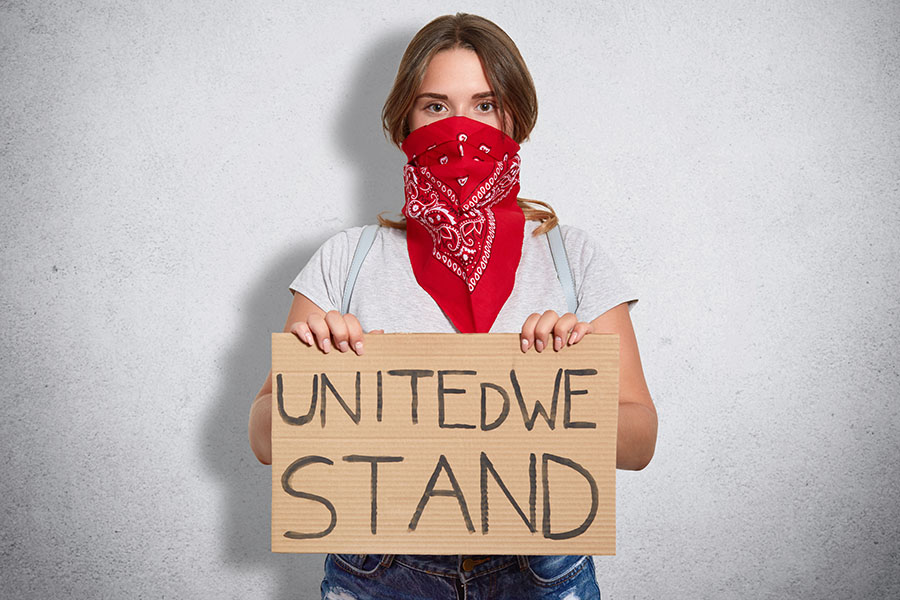The Women’s Rights Movement
Categories
The collective female struggle to achieve legal, political, and social equality with their male counterparts began in the 19th century when women organized campaigns for the right to vote. The movement has continued evolving throughout the following centuries.
Today, women are still fighting a wide range of social issues that affect them in unique ways.
A Brief History of the American Feminism Movement
The first wave of American feminism revolved around securing a woman’s right to vote. The National American Woman Suffrage Association was founded in 1890 to formally organize suffrage efforts in the U.S.
At the first Women’s Rights Convention in 1848, 68 women–along with 32 men–signed the Declaration of Sentiments. The document drafted by Elizabeth Cady Stanton, was intended as a counterpart to the Declaration of Independence, which alleged that all men are created equal. In the document, Stanton mimics the language of the original Declaration, saying:
When, in the course of human events, it becomes necessary for one portion of the family of man to assume among the people of the earth a position different from that which they have hitherto occupied, but one to which the laws of nature and of nature’s God entitle them, a decent respect to the opinions of mankind requires that they should declare the causes that impel them to such a course.
When the 19th Amendment to the Constitution was finally passed in 1920, women were granted the right to cast a ballot. However, it was not granted without a fight. Men and women like Elizabeth Cady Stanton, Susan B. Anthony, Anna Howard Shaw, Frederick Douglas, and many others campaigned tirelessly for this basic American right.
The second major wave of the feminist movement occurred during the 1960s and 1970s. This wave revolved around a broader range of discrimination-based social issues that affected women, such as equal pay, legal access to safe abortions, and ending workplace and educational discrimination. Women like Gloria Steinman and Susan Brownmiller stood on the shoulders of their 19th century matriarchs to champion social equality for women around the world.
The third, and current, wave of the women’s rights movement began in the 1990s and continues to the present day. The current fight for equality is characterized by intersectionality—the acknowledgment that discrimination against women is complicated by racism, classism, sexism, homophobia, and ableism. Third-wave feminists have successfully broadened the definition of feminism to include a diverse, inclusive, and intersectional approach to equality.
Notable Women in American History
Speaker of the House, Nancy Pelosi
Eighty-seven years after women were initially granted the right to vote in the United States, the first female speaker of the House of Representatives was elected. After serving as the elected representative from San Fransisco for decades, Nancy Pelosi became the 52nd Speaker of the House of Representatives—and the first woman to hold the role. She did so from 2007 – 2011 and again from 2019 – 2023 under the second Bush, Obama, Trump, and Biden administrations, respectively.
Sally Ride
Sally Ride was an American astronaut and physicist —-and the first American woman to travel to space with the Space Shuttle Challenger mission in 1983. She also served on the Presidential Commission investigating the Space Shuttle Challenger disaster in 1986.
Sally Ride continued advocating for science education and founded Sally Ride Science, an organization dedicated to promoting STEM education for young students, especially girls.
Vice President Kamala Harris
Kamala Harris made history as the 49th Vice President of the United States under President Joe Biden in 2021. Prior to the vice presidency, she served as the Attorney General of California from 2011 to 2017 and as a senator from California from 2017 to 2021.
Harris is known for being the first woman, the first Black person, and the first South Asian American to become Vice President of the United States. She has spent her career advocating for women’s rights, criminal justice reform, and equality for all.
Feminist Milestones in American History
Roe V. Wade
Roe v. Wade is a landmark case in which the Supreme Court ruled that women have the legal right to an abortion in 1973.
Before Roe v. Wade, abortions were illegal in the United States, causing many women to use dangerous and illegal procedures to terminate pregnancies, or they were forced to carry unwanted pregnancies to term.
Today, the decision remains a hotly debated topic in American politics and the right continues to be threatened in many states.
Violence Against Women Act
The Violence Against Women Act (VAWA) is a federal law passed in 1994 to empower criminal justice efforts and community-based responses to domestic violence, sexual assault, harassment, and stalking in the U.S.
The act allotted funding for domestic violence victims, including shelters, hotlines, and crisis training. The VAWA has been reauthorized several times since its initial passage—most recently in 2018—and has provided safety for millions of women nationwide.
Title IX of the Education Amendments
Title IX of the Education Amendments was passed in 1972 to prevent sexual discrimination in education programs that receive federal funds. This includes public schools, colleges, universities, and private schools that benefit from grant funding or accreditation.
Title IX also requires these institutions to have a designated coordinator to field sexual harassment, assault, and other forms of gender-based discrimination claims. The goal of Title IX is to promote equal opportunities in education for all individuals, regardless of their gender. This amendment granting women protection against educational discrimination was a huge milestone in the American feminism movement.
The Women’s Rights Movement in America Today: The Fight Is Not Over
The Women’s Rights movement in America today has come a long way since the pioneering suffragettes of the 19th century. However, we still have far to go. While impressive strides have been made in the past 100 years for equality, women still face obstacles regarding equal pay, harassment, discrimination, and reproductive rights.
Wage Inequality
Many American women still earn less than their male counterparts for performing the same job. Despite decades of social activism, women in general earn less than men—even when surpassing them in employee reviews. For women of color, the wage gap is even wider than the gap between white women and men’s wages.
Reproductive Rights
One of the greatest hurdles women continue to face is that of bodily autonomy, particularly in the area of reproductive rights. In 2021, the Supreme Court overturned Roe V. Wade, stripping American women of the right to receive a medical abortion, even when the pregnancy is not viable or when the life of the woman is in jeopardy.
In addition to the overturn of Roe, many states have restricted the access to other reproductive healthcare methods, such as birth control and prenatal care—especially those living in underserved and rural communities.
The #MeToo Movement
Despite valiant efforts and honorable strides, women still remain vulnerable to discrimination, harassment, and assault. In 2019 the #MeToo movement spread like wildfire on social media, placing a spotlight on the mistreatment that women and girls still face on a daily basis in this country, and providing a way to speak bravely about their experiences. Years later, women continue to fight for safe spaces in which to work, worship, learn, and live.
Conclusion
As women, we owe a debt of gratitude to the brave, tireless women who have championed for our rights in previous decades and centuries. However, we cannot rest on our laurels. Our fight for equality is not yet complete. We continue laboring for justice and equality just as women like Elizabeth Cady Stanton, Gloria Steinman, Nancy Pelosi, Kamala Harris, and countless others have done in past generations.
The Women’s Rights movement in America has come a long way, but we still have a long way to go.

